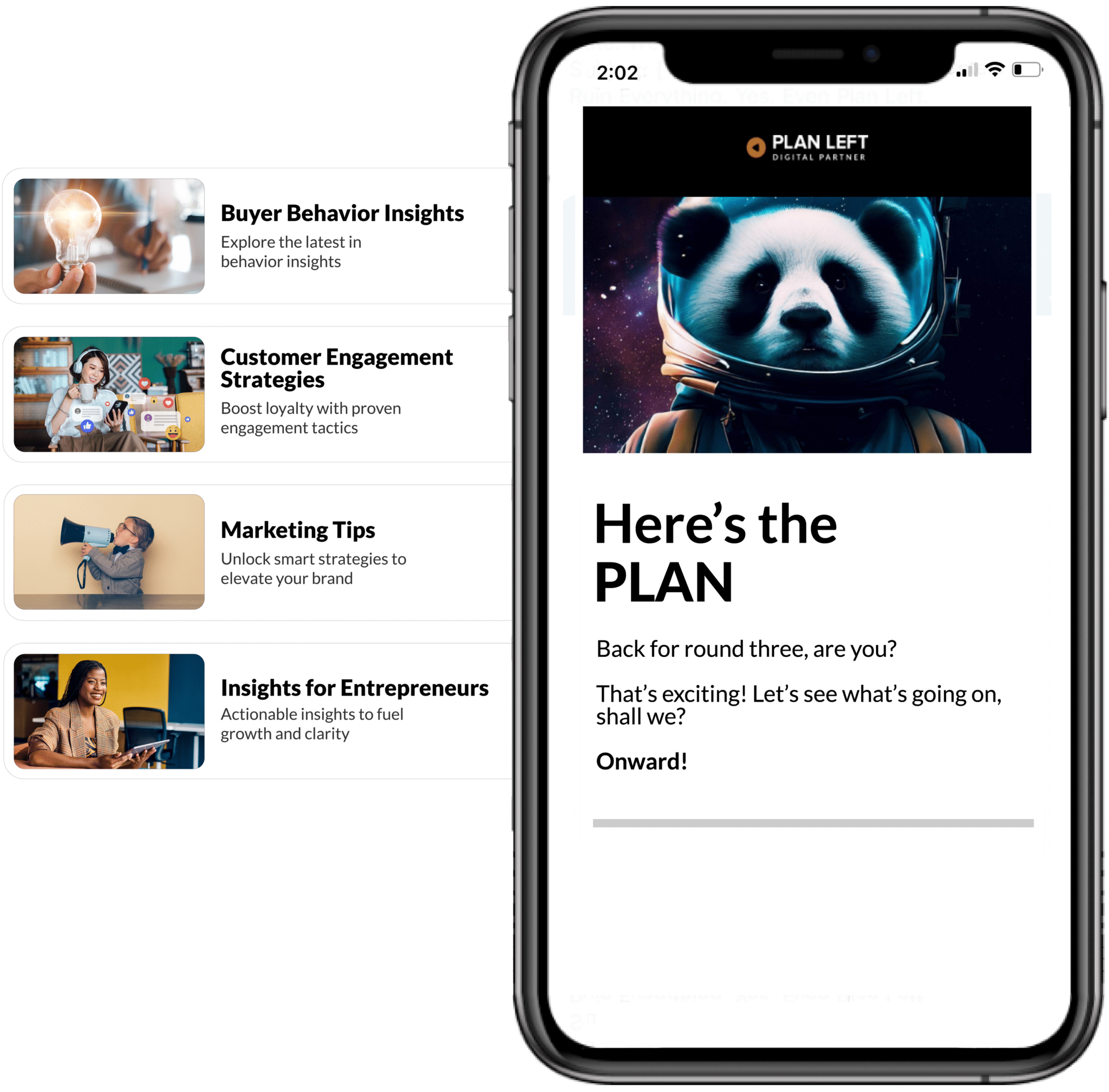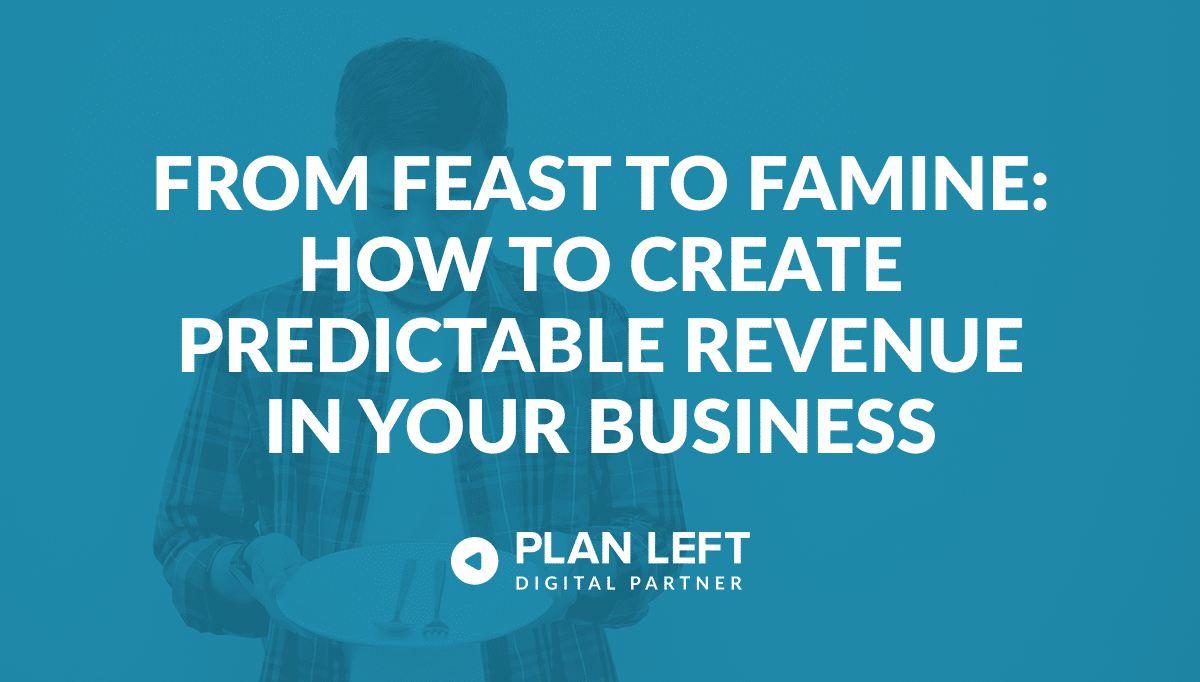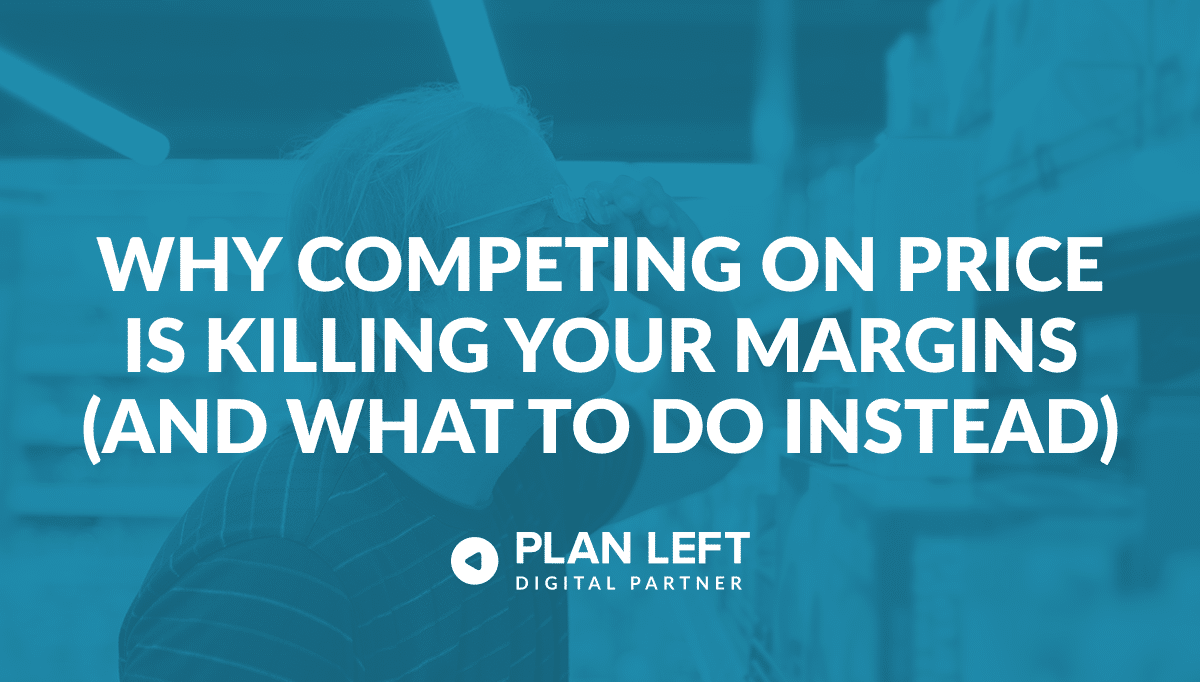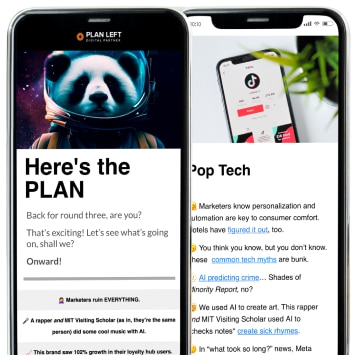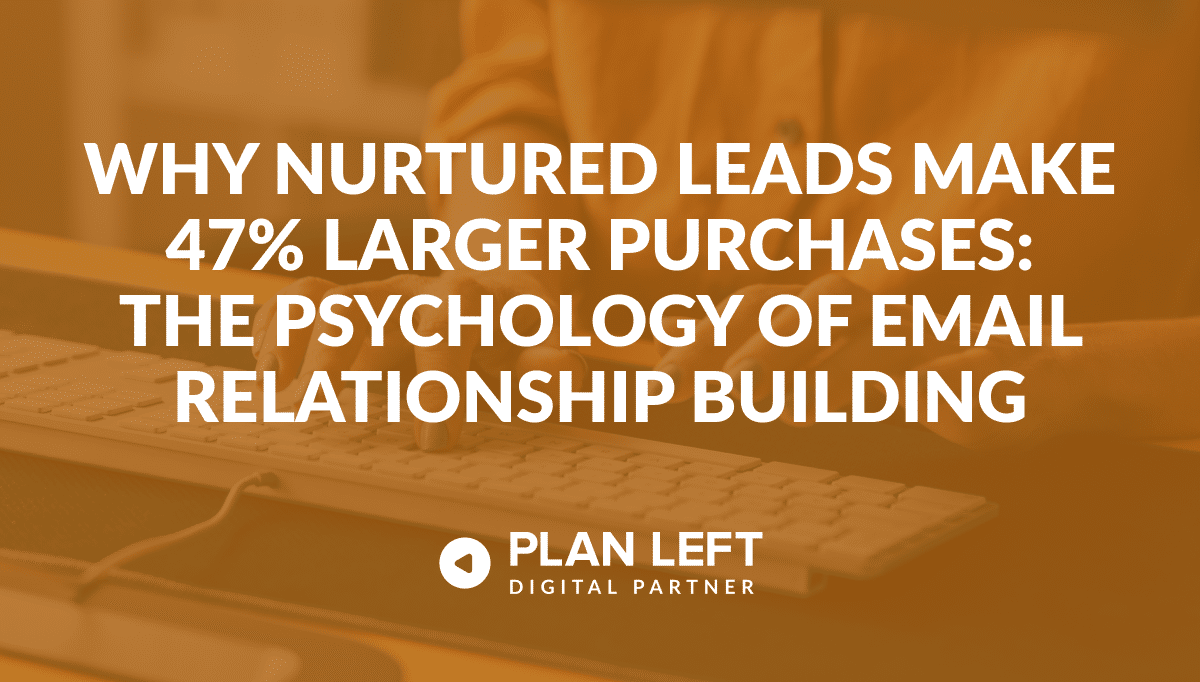
Growing businesses know that converting prospects into customers is only the beginning. The real differentiator lies in how much these customers spend when they purchase. Strategic email nurturing doesn’t just influence conversion rates—it dramatically impacts purchase value, creating a direct path to healthier profit margins.
The Numbers Don’t Lie: How Nurturing Changes Purchase Behavior
The evidence speaks for itself: well-executed email nurturing significantly influences both conversion likelihood and purchase size.
The 47% Effect: Understanding the Data Behind Larger Purchases
Research consistently demonstrates that properly nurtured leads make purchases 47% larger than non-nurtured leads. This striking differential isn’t coincidental—it’s the predictable outcome of applying psychological principles systematically through relationship building.
For businesses with higher-ticket offerings, this percentage represents substantial revenue left unclaimed when focusing solely on conversion rates rather than relationship development.
Beyond Purchase Size: Additional Benefits of Psychological Nurturing
Psychologically-nurtured leads deliver value beyond initial purchase size through:
- 38% higher customer retention rates
- 23% greater likelihood of upsell acceptance
- 58% more referrals to their professional network
- 41% shorter sales cycles on subsequent purchases
These compounding benefits create exponentially higher customer lifetime value, transforming the economics of your marketing investments.
Trust: The Foundation of Larger Purchase Decisions
At its core, willingness to make larger purchases depends on a fundamental psychological factor: trust.
How Trust Manifestation Differs in Digital Relationships
In email relationships, trust must be built differently than in face-to-face interactions:
- Consistency replaces physical presence
- Value delivery substitutes for personal interaction
- Predictability stands in for environmental cues
- Social validation compensates for direct observation
Understanding these differences allows businesses to strategically design email sequences that build digital trust effectively.
Trust-Building Email Elements That Influence Purchase Size
Specific email elements directly influence trust development and subsequent purchase behavior, including transparent communication about product limitations, consistent delivery timing, vulnerability that acknowledges challenges, personalization demonstrating genuine understanding, and proactive problem-solving that anticipates concerns. These elements specifically develop the trust required for larger purchase commitments.
The Reciprocity Principle: Giving Before You Receive
Psychological research consistently demonstrates that humans feel obligated to reciprocate when they receive something of value—a principle that directly impacts purchase behavior.
Value-First Email Strategies That Trigger Reciprocity
Effective reciprocity triggers in email nurturing include unexpected “bonus” content, personalized insights based on individual challenges, access to proprietary data, free tools delivering immediate practical value, and genuine connections to helpful resources.
The key is providing authentic value without obvious expectations of return, which paradoxically increases the likelihood of significant reciprocity.
The Direct Relationship Between Value Given and Value Received
Research shows a direct correlation between the perceived value delivered during nurturing and the eventual purchase amount. Value that directly addresses core challenges, arrives at moments of high need, or solves unexpected problems creates the strongest reciprocity response and largest subsequent purchases.
Consistency and Commitment: The Staircase to Larger Purchases
People strive to remain consistent with their previous actions and commitments—a principle that can be strategically applied to nurture sequences.
Small Yeses: Designing Micro-Commitments That Lead to Bigger Ones
Effective nurture sequences create a progression of increasingly significant commitments, from initial micro-commitments (downloading resources) to investment commitments (attending webinars). Each affirmative response increases psychological commitment to your relationship and solutions, paving the way for larger purchase decisions.
Social Proof and Authority: Removing Purchase Size Hesitation
As purchase amounts increase, so do psychological barriers. Social proof and authority specifically address the heightened risk perception associated with larger commitments.
Strategic Testimonial Usage Based on Purchase Level
Different testimonial types influence different purchase thresholds. By strategically deploying the right social proof at each consideration level, you systematically remove barriers to larger purchase decisions.
Implementing Psychological Triggers in Your Email Strategy
Translating psychological principles into effective nurture sequences requires systematic implementation with ethical boundaries.
Sequence Mapping for Maximum Psychological Impact
Effective psychological sequencing follows a progression from trust establishment through reciprocity development, commitment building, social validation, authority positioning, and finally conversion framing. This structure systematically addresses psychological barriers while building positive momentum toward larger commitments.
Next Steps: Building Your Psychology-Based Nurture Sequence
Start by auditing your current nurture approach against these psychological principles. Identify gaps in your trust-building process, reciprocity development, commitment progression, and social validation strategy.
Remember that authentic nurturing creates genuine relationships built on value and trust. When done properly, psychological nurturing builds the confidence and connection that naturally leads to larger purchase decisions.
Explore Latest Posts
5 Signs Your Business Is Ready to Own Its Marketing (Without an Agency) The default assumption in business is that ... read more
December 31, 2025
From Feast to Famine: How to Create Predictable Revenue in Your Business Three months ago, you couldn't take on another ... read more
December 29, 2025
Why Competing on Price Is Killing Your Margins (And What to Do Instead) When a prospect asks "how much do ... read more
December 25, 2025
Essential Strategies for Entrepreneurs
Get Actionable Business Insights & Marketing Tips
Our newsletter delivers real-world strategies from entrepreneurs who’ve been exactly where you are.
Sign up now for:
- Actionable growth strategies that work
- Insider tactics for attracting top talent
- Real-world case studies from successful founders
- Emerging tech trends that drive innovation
- Pragmatic marketing approaches for visionary leaders
